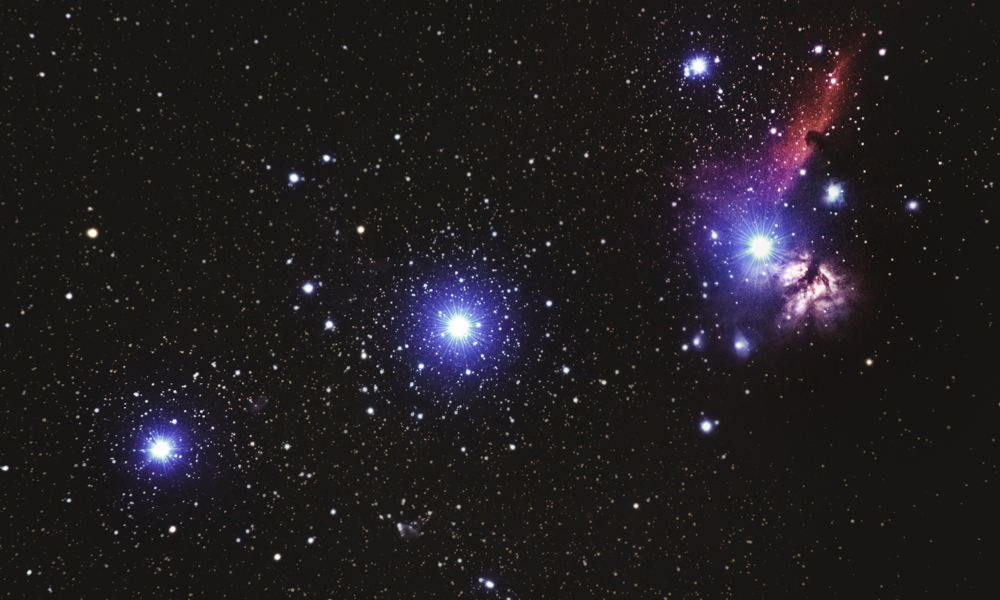
ESA Open Invitation to Tender AO8880
Open Date: 11/01/2018
Closing Date: 30/03/2018 13:00:00
Status: ISSUED
Reference Nr.: 17.1TT.21
Prog. Ref.: CC for Advanced Tech
Budget Ref.: E/0505-01C – CC for Advanced Tech
Special Prov.: BE+DK+FR+DE+IT+NL+ES+SE+CH+GB+IE+AT+NO+FI+PT+GR+LU+CZ+RO+CA
Tender Type: C
Price Range: 200-500 KEURO
Products: Satellites & Probes / Thermal Control / Thermal control – C&P / Conductive compounds (graphite-silicon sheets, …)
Techology Domains: Thermal / Heat Transport Technology / Heat Pipes
Establishment: ESTEC
Directorate: Directorate Telecom & Integrated Applica
Department: Telecom Technologies,Product&Systems Dep
Division: Technologies and Products Division
Contract Officer: Piesche, Claudia Ria
Industrial Policy Measure: C1 – Activities in open competition limited to the non-Larg…
Last Update Date: 11/01/2018
Update Reason: Tender issue
Objective:The objective of the activity is to develop compact and highly efficient heat exchangers for crossing heat pipes.Targeted Improvements:The main benefits of this development are:.The reduction of the thermal gradient within the heat pipe network ofup to 10 deg. C, depending on the power dissipation; and.A heat pipe network with uniform height equal to a single heat pipe height,i.e. the height of the heat pipes is constant across the network including intersections without compromising overall network reliability. A uniform height allows more units to be more easily accommodated.Description:The conventional Heat Pipe network uses twotypes of heat pipes. Long heat pipes distribute the heat along the length of the panel. Crossing heat pipes, mounted on top of the long heat pipes, uniformly spread the temperature between the long heat pipes.Unfortunately, this mounting technique creates large temperature differences between heat pipes due to the various thermal interfaces. Previous attempts to resolve this point resulted in 2D Two-Phase structures where the main and crossing heat pipes are connected together eliminating the thermal interfaces. This solution, however, created reliability issues as a single leak would render the entire network useless instead of only one heat pipe.In order to overcome this problem and to reduce the thermal interface resistance as much as possible, heat exchangers can be used to efficiently exchange heat between the main and crossing heat pipes without directly exchanging fluid. These heat exchangers should have a low profile allowing the crossing heat pipe to be at the same height of the main heat pipes enabling the possibility of mounting a unit on top of their intersection.In addition, crossing heat pipes are limited in the heat flux density that can be applied. The heat exchanger design will allow to exchange heat at a much higher heat flux density compared to the conventional design. Standard axial grooved heat pipes would be welded to theses heat exchangers.The design of the heat exchangers shall be generic and shall allow to possibility of welding heat pipe profiles in close proximity.Heat exchangers Engineering model shall be designed, developed and manufactured. Tests shall be conducted to validate the expected performance improvements and demonstrate the developed concepts.Procurement Policy: C(1) = Activity restricted to non-prime contractors (incl. SMEs). For additional information please go to EMITS news “Industrial Policy measures for non-primes, SMEs and RD entities in ESA programmes”.
If you wish to access the documents related to the Invitation to Tender, you have to log in to the ESA Portal.
